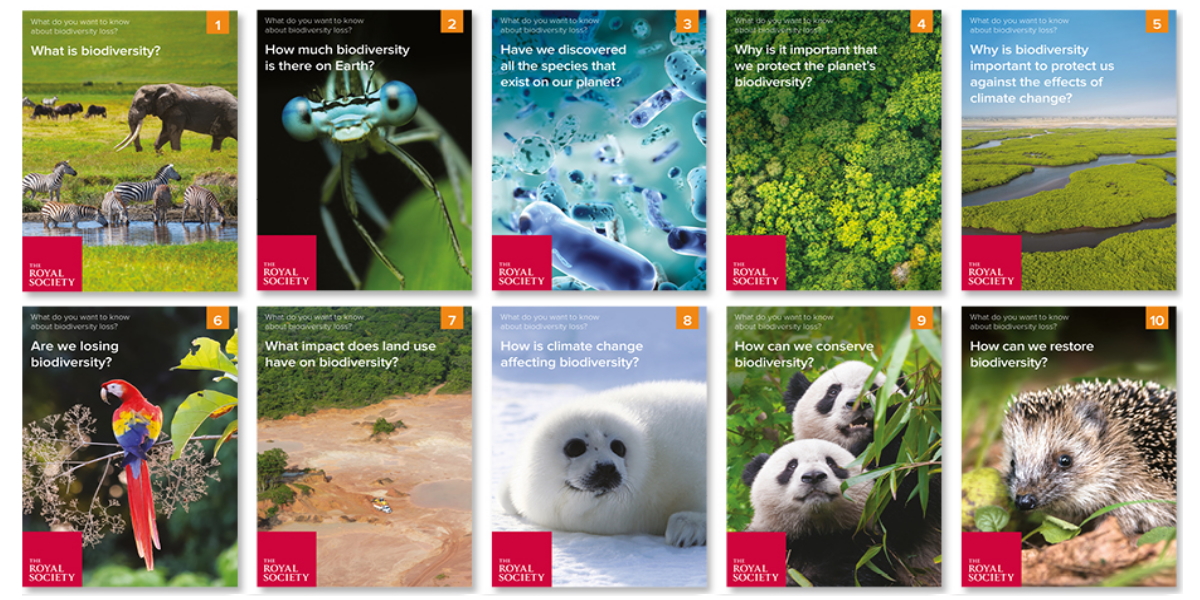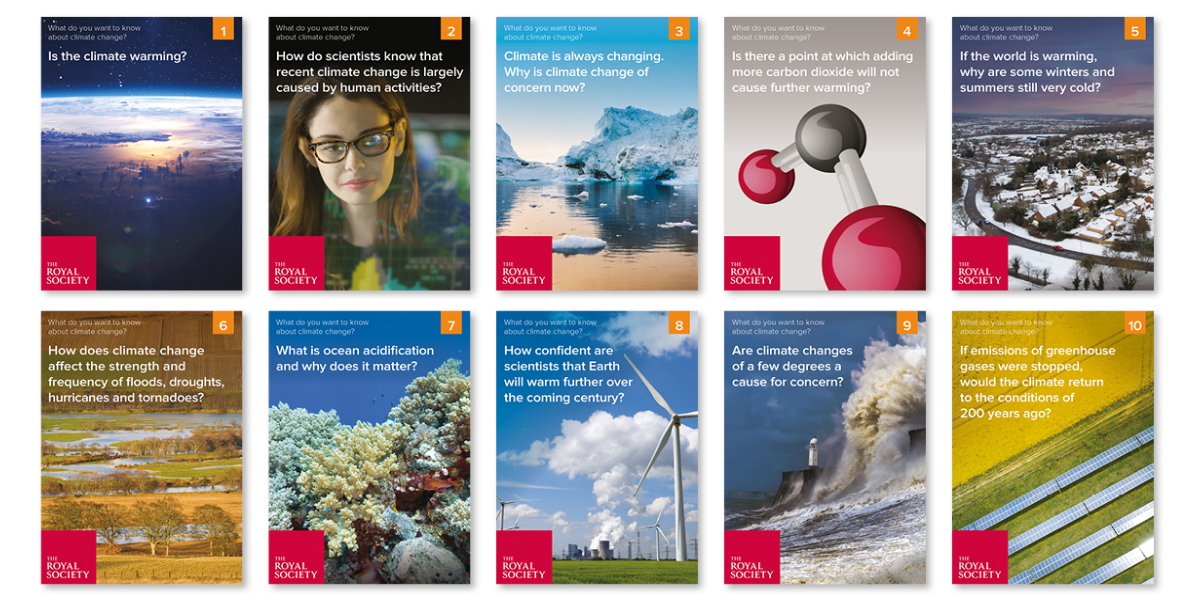Filters
Clear allSubject
- Careers (33) Apply Careers filter
- Climate Change (6) Apply Climate Change filter
- Computing (13) Apply Computing filter
- Creative arts and media (1) Apply Creative arts and media filter
- Cross curricular (11) Apply Cross curricular filter
- Design and technology (65) Apply Design and technology filter
- Engineering (52) Apply Engineering filter
- Leadership (2) Apply Leadership filter
- Mathematics (52) Apply Mathematics filter
- Personal development (1) Apply Personal development filter
- Psychology (5) Apply Psychology filter
- Space (2) Apply Space filter
- STEM Ambassadors (4) Apply STEM Ambassadors filter
- STEM Clubs (3) Apply STEM Clubs filter
Age range
Type
- Activity sheet (346) Apply Activity sheet filter
- Article (16) Apply Article filter
- Assessment (9) Apply Assessment filter
- Data set (6) Apply Data set filter
- Demonstration (62) Apply Demonstration filter
- Diagram (1) Apply Diagram filter
- Experiment (89) Apply Experiment filter
- Game (3) Apply Game filter
- Group work (18) Apply Group work filter
- Image (11) Apply Image filter
- Information sheet (72) Apply Information sheet filter
- Interactive resource (26) Apply Interactive resource filter
- Open-ended task (1) Apply Open-ended task filter
- Poster (10) Apply Poster filter
- Presentation (95) Apply Presentation filter
- Quiz (2) Apply Quiz filter
- Research (10) Apply Research filter
- Self assessment (2) Apply Self assessment filter
- Simulation (1) Apply Simulation filter
- (-) Remove Teacher guidance filter Teacher guidance
- Textbook (42) Apply Textbook filter
- Video (92) Apply Video filter
- Include Physical Resources (0) Apply Include Physical Resources filter
Showing 905 results
This booklet contains a range of suggested teaching activities and contexts for teaching about waves at A level. Curriculum links include progressive, longitudinal, transverse, stationary, waves, intensity, electromagnetic spectrum, properties of waves, refraction, total internal reflection, superposition,...
Produced by the Wellcome Trust, these resources include an interactive evolutionary tree and a video of the Tree of Life. These materials will help students to find out more about the work of Charles Darwin and evolution. The resources contain:
Tree of life video: The video is a short...

These evidence-based, question and answer style classroom resources can be used to engage students of all ages...

These evidence-based, question and answer style classroom resources can be used to engage students in the climate...
Students investigate why some plastic cups collapse when filled with hot water and some don't. They compare the effect of hot water on a range of cups and relate their findings to the properties of the plasticsused for each cup: whether it is biodegradable or not, its melting...
This worksheet in this resource introduces students to the topics of classification and binomial nomenclature. The idea of hierarchy is illustrated, before explaining Linnaeus’s system of classification and the terms kingdom, phylum, class, order, family, genus and species. There is also a useful introduction to...
A multiple choice quiz on medicine for AS/A level chemistry.
Although it is written for OCR AS/A level chemistry (Salters) H033/H433 course, it can be edited to suit your scheme of work.
The Linnaean collections hold many types of specimens (the first member of species to be scientifically described) for taxonomic study. Making use of the Linnaean collection online, this worksheet focuses on Hymenoptera (including bees, wasps and ants). It looks at the importance of the hymenopterans, particularly...
Produced by ARKive, a database of stunning natural history images, this activity is designed to teach students aged 11 to 14 about the identifiable features of different types of animals and how they are classified. The activity is also suitable for students aged 14 to 16 and beyond. Using a quiz format, students...
This worksheet, from the Linnean Society, looks at speciation, dimorphic and polymorphic species and Batesian mimicry. In Batesian mimicry a palatable species mimics an unpalatable one, thus protecting itself from predation. Through a series of questions based on the text, the resource aims to explore this in...
In this activity, alcohol and air are mixed in a large plastic water bottle before being ignited, to simulate the physics principles of...
From Rolls-Royce, these materials are designed to show students the exciting range of careers that are available for students with science, technology, engineering or mathematics skills.
This resource aims to help students see the link between classroom STEM subjects and opportunities in the world of work....
In this activity, students explore the requirements of aerodynamic design through testing simple shapes in a wind tunnel and explain the link between the test results from a wind tunnel and air resistance. The activity focuses on students acquiring an understanding of...
Purpose: The use of sensors to measure variables in practical science activities has long been linked to the use of data loggers. This is no longer the case. Free software apps on mobile devices can link directly to one or more wireless enabled sensors. This significantly reduces cost and complexity, whilst...
Written by Gwyneth Hughes and produced by the Association for Science Education (ASE), this resource pack looks at the role of women in science and technology. It consists of thirteen worksheets examining some of the issues around gender, science and technology.
The pack is primarily aimed at women. Its main...
